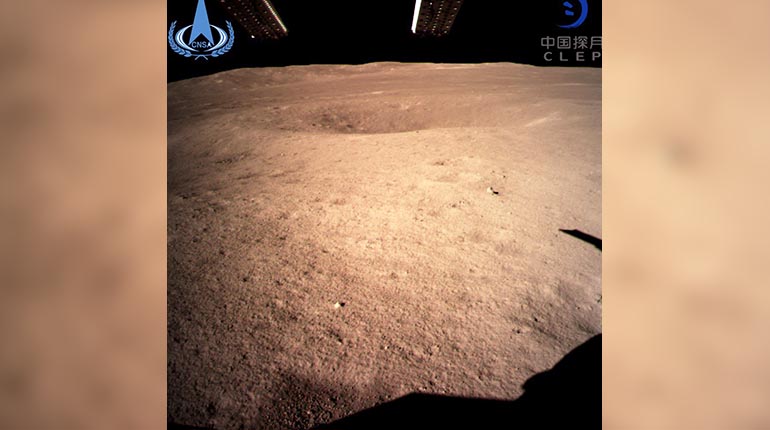
MADRID |
For a few years now, the space agencies of the United States and Europe, NASA and ESA, respectively, have focused their eyes on two ambitious goals: returning to the moon and setting up a shuttle or orbital station, and traveling to Mars, two challenges that people (astronauts or tourists) to spend a long time in space.
That’s why it’s critical to know the effects of weightlessness on the body. And it is that, on Earth, the effort of the heart to maintain blood flow and pump blood around the body and counteract gravity helps to maintain size and function, but in space where no gravity is, the heart shrinks.
During one of those studies, NASA detained astronaut Scott Kelly on the International Space Station for an entire year.
Now a new study published in Circulation (the journal of the American Heart Association) has compared Kelly’s endurance test with the performance of Benoît Lecomte, an elite swimmer who swam across the Pacific in 2018 to investigate the long-term impact of weightlessness . in the heart.
Immersion in water is an excellent model of weightlessness, as water compensates for the effects of gravity, especially in a prone swimmer, a specific swimming technique used by long-distance swimmers.
While on the ISS, Kelly exercised six days a week, one to two hours a day, during his 340 days in space, from March 27, 2015 to March 1, 2016, using a stationary bike, a treadmill, and resistance exercises. .
Lecomte, for his part, swam for 159 days – from June 5 to November 11, 2018 – and covered 1,753 miles, an average of nearly six hours a day, but the effort didn’t stop his heart from shrinking and weakening.
Comparative analysis showed that both Kelly and Lecomte lost mass in their left ventricles during their tests (Kelly 0.74 grams / week; Lecomte 0.72) and that both had an initial decrease in the diastolic diameter of the left ventricle of their heart (which Kelly fell from 5.3 to 4.6 cm; Lecomte fell from 5 to 4.7 cm).
Even the most sustained periods of low-intensity exercise were not enough to counteract the effects of long-term weightlessness.
However, this study recalls that these are two extraordinary accomplishments and that in order to understand how the body responds to extreme conditions, more studies are needed whose results can be extrapolated to the general population (potential space tourists).
In any case, the study confirmed that the heart is remarkably plastic and responds primarily to gravity or its absence, but it was a surprise to see that “even extremely long periods of low-intensity exercise do not prevent the heart muscle from contracting,” he said. . explains Benjamin D. Levine, lead author of the study and professor of internal medicine at the University of Texas.